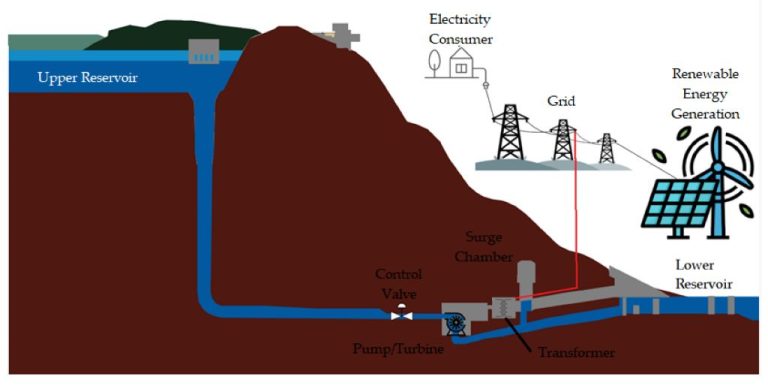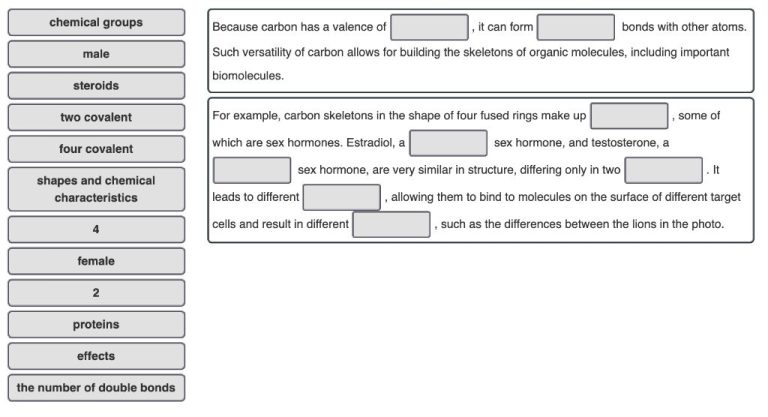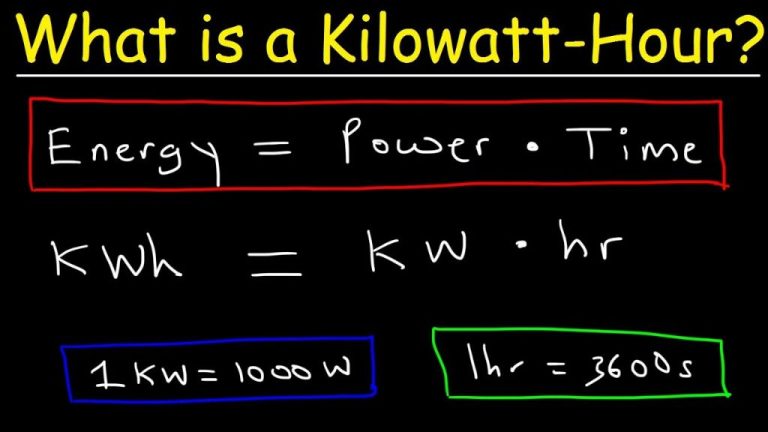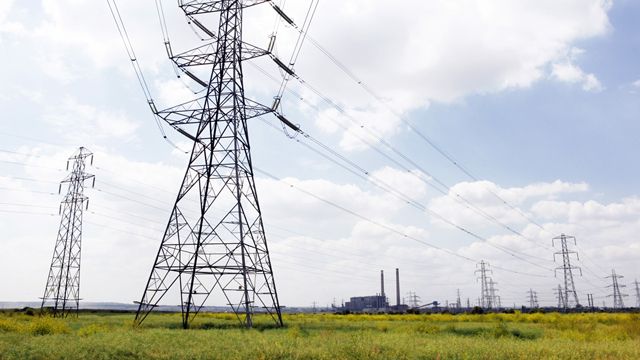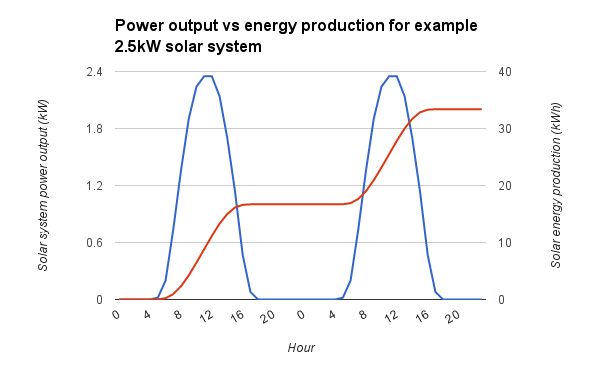Which Two Forms Are Forms Of Potential Energy?
Potential energy is the stored energy an object has due to its position or state. For example, a ball held up in the air has potential energy due to gravity. When it is released, this potential energy is converted into kinetic energy as the ball falls. Understanding potential energy is important in physics and engineering because it allows us to calculate how much useful work can be extracted from a system.
There are several main types of potential energy that are useful to be familiar with. These include gravitational potential energy, elastic potential energy, chemical potential energy, nuclear potential energy, electrical potential energy, and magnetic potential energy. Each of these forms of potential energy can be harnessed to do work.
In this article, we will provide an overview of the main types of potential energy, examples of how they are used, and comparisons between them. By the end, you will have a solid understanding of the forms and applications of potential energy.
Gravitational Potential Energy
Gravitational potential energy is the energy stored in an object due to its height above the ground. This energy comes from the gravitational attraction between the object and the Earth. The higher the object is above the ground, the greater its gravitational potential energy. Some key points about gravitational potential energy:
- It depends on the object’s mass and its height above a reference point, often the ground.
- Gravitational potential energy increases as the object is raised higher.
- When the object falls, this potential energy is converted into kinetic energy.
- Gravitational potential energy can be harnessed, such as with hydroelectric dams which use the gravitational potential energy of falling water.
Gravitational potential energy is one of the most common forms of potential energy we encounter daily. Anytime you lift something up you are increasing its gravitational potential energy, giving it energy that can later be released as the object falls back down. This potential energy is directly proportional to the object’s mass and height.
Elastic Potential Energy
Elastic potential energy is the energy stored in elastic materials as a result of deformation. Elastic materials, such as springs or rubber bands, have the ability to stretch or compress and return to their original shape. When they are stretched or compressed, the atomic bonds between the molecules are distorted. This requires energy to be put into the system. The energy gets stored in the distorted bonds and is released when the material returns to its original shape.
The amount of elastic potential energy stored in a material depends on how far it is deformed from its relaxed position and the stiffness of the material. The farther it is stretched or compressed, the more energy it stores. Stiffer materials, like steel, store more energy than flexible materials like rubber when stretched the same distance. Hooke’s law mathematically relates the force needed to deform a material to the distance it is deformed. The law states that the force is proportional to the distance, with the constant of proportionality being the stiffness of the material.
Real world examples of elastic potential energy include trampolines, slingshots, catapults, and springs in mattresses or car suspensions. The energy gets stored when these are compressed or stretched, and released to launch objects or absorb shocks when they return to their original shapes. Harnessing elastic potential energy allows us to store energy and release it in useful ways.
Chemical Potential Energy
Chemical potential energy is the energy stored in the bonds between atoms and molecules. Atoms form chemical bonds through the sharing or transfer of electrons, creating potential energy in those bonds that can later be released. For example, the hydrocarbon molecules in gasoline contain high chemical potential energy in their carbon-carbon and carbon-hydrogen bonds. When gasoline combusts in an engine, these chemical bonds break and the stored potential energy is released as heat and kinetic energy.
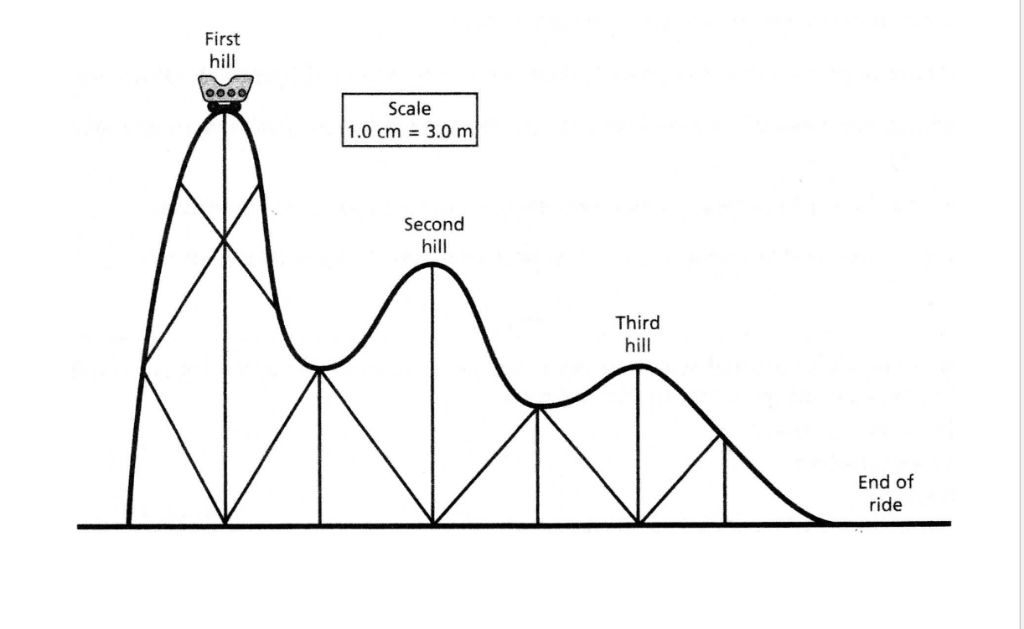
Food is another example of stored chemical potential energy. The molecules that make up food contain chemical potential energy that originated from sunlight during photosynthesis. When animals consume food, this potential energy can be unlocked through metabolic chemical reactions and converted into kinetic energy to power cells and body functions. Explosives like dynamite also store large amounts of chemical potential energy in their atomic bonds, which can release rapidly in an explosive chemical reaction. So in summary, chemical potential energy exists anywhere atoms have bonded together, storing energy that may later be harnessed in chemical reactions.
Nuclear Potential Energy
Nuclear potential energy refers to the energy stored within an atom’s nucleus. It arises from the strong nuclear force that binds protons and neutrons together. The strong force resists attempts to break apart the nucleus. The more tightly bound the particles are within the nucleus, the greater the nuclear potential energy.
Nuclear potential energy is the source of power for nuclear reactions. Fission reactions, like those used in nuclear power plants, split apart large nuclei to release energy. Fusion reactions, like those that occur in stars, fuse small nuclei together, also releasing energy. In both cases, the total mass of the new nuclei formed is less than the initial mass. This missing mass gets converted to energy as described by Einstein’s famous equation E=mc2.
The enormous amounts of energy locked inside atomic nuclei is what makes nuclear power so appealing. Nuclear reactions can release millions of times more energy than chemical reactions. However, harnessing nuclear potential energy in a safe and controlled way remains a challenge. Reactions can easily runaway or produce radioactive byproducts. But if these risks can be minimized, nuclear power holds great promise for meeting the world’s energy needs.
Electrical Potential Energy
Electrical potential energy is the energy stored in electric fields or components. It refers to the work needed to assemble a configuration of charges, such as assembling a capacitor or battery. Electrical potential energy has the capacity to do work when discharged, just as elevated water has gravitational potential energy due to its capacity to do work when allowed to flow downhill. There are several types of electrical potential energy:
- Electrostatic potential energy – Stored in the electric field between charged particles such as electrons or protons.
- Electromagnetic potential energy – Stored in magnetic fields.
- Electrochemical potential energy – Stored in the separation of charges in batteries.
The most common example is a capacitor, which stores energy in the electric field between its plates. The amount of electrical potential energy stored in a capacitor is equal to the amount of work done to charge the capacitor, or 1⁄2CV2 (where C is the capacitance and V is the voltage across the capacitor). This energy can be released when the capacitor discharges.
Overall, electrical potential energy represents energy that can be transformed into other forms for practical use, such as powering electrical devices.
Magnetic Potential Energy
Magnets store energy within their magnetic fields in the form of potential energy. Magnetic potential energy is the energy that is stored in the magnetic field when work is done against the magnetic forces between a north and south pole. When two like poles of two magnets are moved toward each other, it requires effort to overcome the repulsive force between them. When that force is overcome and the magnets are moved closer together, energy gets stored in the magnetic field between the two magnets. The energy is stored as magnetic potential energy. The amount of potential energy stored depends on the strength of the magnetic field and the amount of repulsion force that is overcome to move the magnets closer to each other.
Magnetic potential energy is proportional to the magnetic flux density and the volume between the magnets. The energy is released again when the magnets are allowed to move apart under the influence of the repulsive magnetic forces. The potential energy gets converted to kinetic energy as the magnets accelerate away from each other. This demonstrates that magnetic fields are able to store energy.
Superconducting magnets and electromagnets can store large amounts of magnetic potential energy in their magnetic fields. This energy can be tapped and converted to other forms for useful work. For example, superconducting magnetic energy storage (SMES) systems store energy in the magnetic field of a coil with superconducting wire. The stored magnetic energy can be released back to the grid when needed to stabilize power supply during periods of high demand.
Comparison between Gravitational and Elastic Potential Energy
Gravitational potential energy and elastic potential energy are two of the main forms of potential energy. While they share some similarities, there are also key differences between these two types of potential energy.
The biggest similarity is that both gravitational and elastic potential energy involve objects being positioned in a way that allows them to do work. For gravitational potential energy, this involves an object being raised to a height above the ground. For elastic potential energy, it involves an elastic material like a spring being stretched or compressed from its natural state.
One key difference is that gravitational potential energy depends on height, while elastic potential energy depends on how much an elastic material is deformed. The higher the height an object is raised, the greater its gravitational potential energy. However, for elastic potential energy, the more a spring is stretched or compressed, the greater the energy stored.
Additionally, gravitational potential energy only requires a gravity field to store energy, while elastic potential energy requires a special elastic material like a spring or rubber band. Gravitational potential energy can be stored by any object with mass in any gravity field, while elastic potential energy specifically involves the elastic properties of certain materials.
The equations also differ, with gravitational potential energy equaling mgh (mass x gravity x height) while elastic potential energy equals 1/2kx^2 (the spring constant times the deformation squared). This highlights how they depend on different factors.
In summary, while gravitational and elastic potential energy are both forms of stored energy, they differ in what factors they depend on, what mechanisms are required, and the equations used to calculate them.
Examples
Here are some examples that demonstrate potential energy in action:
Roller Coaster
As a roller coaster train ascends the first hill, it gains gravitational potential energy. At the top of the hill, all this potential energy converts into kinetic energy as the train speeds downhill. This kinetic energy dissipates through friction and is replenished as the train climbs the next hill.
Bungee Jumper
When a bungee jumper leaps off a ledge, they have gravitational potential energy from being high up. As they fall, this transforms into fast kinetic energy. The bungee cord stops their descent and converts kinetic energy back into gravitational potential energy as the person is stretched upwards again.
Compressed Spring
A compressed spring contains elastic potential energy. When released, the spring decompresses and transfers the energy into kinetic energy as it shoots outward.
Battery
A battery stores chemical potential energy through reactions between chemicals and metals. This gets converted into electrical energy that powers devices.
Conclusion
In summary, potential energy is stored energy that results from an object’s position or arrangement. There are several main forms of potential energy, including gravitational, elastic, chemical, nuclear, electrical, and magnetic potential energy. Understanding the different types of potential energy is important, as this allows us to utilize them effectively in various applications. For example, gravitational potential energy allows objects to fall towards Earth, while chemical potential energy stored in fuels and foods provides us with power. Nuclear potential energy harnesses forces within atomic nuclei to generate electricity. Overall, the different forms of potential energy play a fundamental role in powering our modern world.

